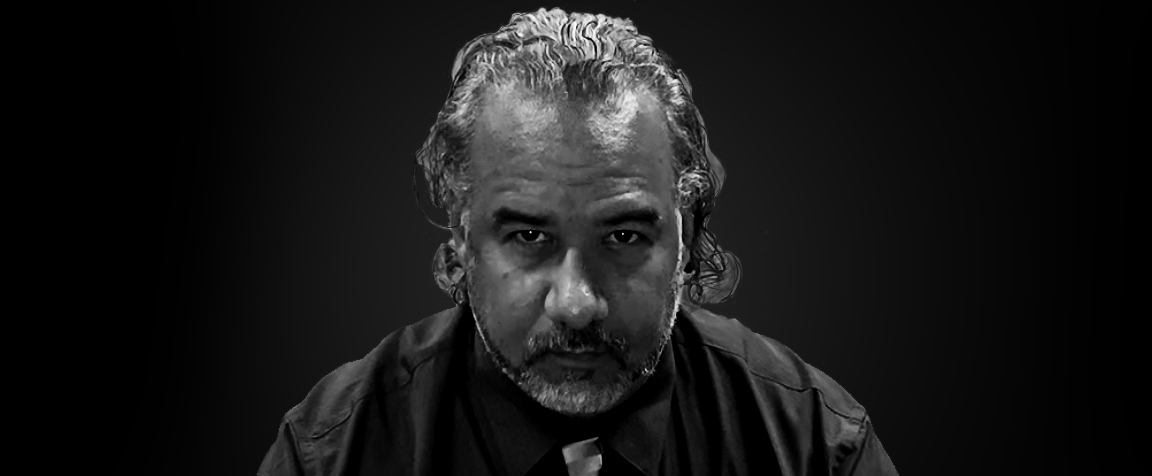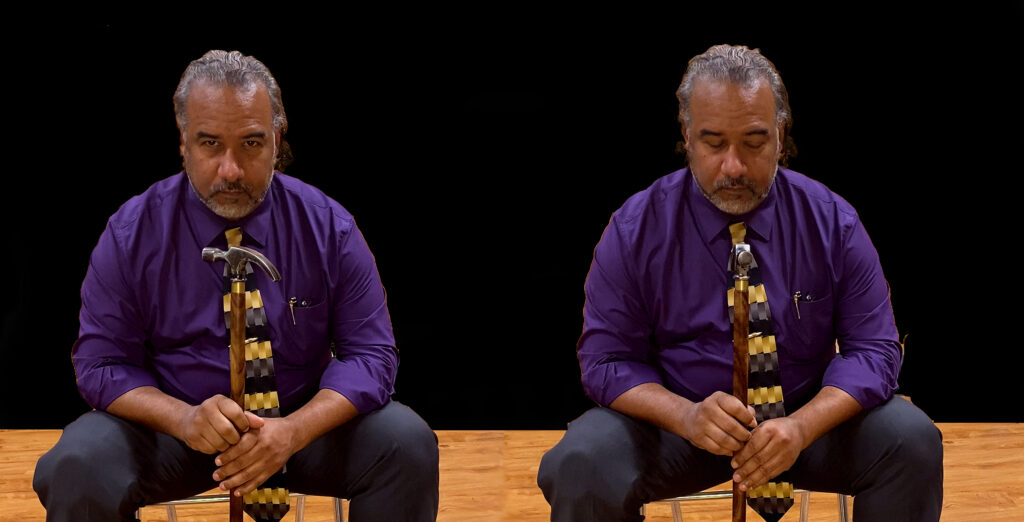
You Are Not Your Trauma.
To My Students, and to the Communities That Surround Them
My name is Marc Black. Many of you know me as a martial arts instructor—someone who teaches the Chinese traditions of Northern Shaolin, TaiJiQuan, and BaGua. But if you’ve trained with me for any length of time, you know that martial arts is only partly about forms, techniques, or fighting; you know what I really teach is more than movement. At its core it’s a path, a Way. It’s the process of becoming whole again—through your body, your mind, and your spirit.
Lately, I’ve noticed how often terms like healing, empowerment, abundance, and self-love get tossed around in ways that can feel cheap, vague, hollow, even performative, or disconnected from real life. So I want to offer something clearer, something more grounded. Something you can hold onto when you’re feeling lost or overwhelmed. Something real. Something that might help you or someone you care about take an honest step toward healing.
Here it is…

You are not your trauma.
Let me repeat that –
First and foremost: You are not your trauma.
Yes, your pain may feel like the most familiar thing in your life. It may seem to explain why people treated you the way they did, treated you poorly—or why you treated yourself that way, or why you’ve made certain choices. It might even feel like it’s become part of your identity. And yes, it may have shaped much of the path you’ve walked so far. It’s been a shadow companion through your life.
But it is not who you are.
The you that was meant to be—the you underneath the scars—is far greater than anything you’ve endured.
Who you are is deeper. Brighter. More powerful. Still whole beneath it all.
You are not what they said about you, you are not the sum of other people’s small-minded judgments.
You are not their cruelty, you are not what they did to you.
And you are not the mistakes you made while trying to survive.
You are not broken. You are still a human being worthy of joy. Of peace. Of connection. Of love. – just like anyone else
Even if you don’t fully believe that yet, let this be the beginning of learning how to. Even if that feels distant right now, it is not gone. It is simply waiting to be remembered.

And to those who are near someone going through a healing process—maybe you’re a friend, a parent, a partner, a classmate—offer grace. Offer space. Most people are carrying far more than you can see, not just from recent struggles and pain but from a lifetime of hurts that pile up like an avalanche behind their eyes. Not just recent pain—but layers upon layers, piled through years of silence and grit.
We are all carrying pain we don’t talk about.
Pain we can’t talk about.
Pain we dare not think about.
Give Grace.
Be gentle with each other. Be gentle with yourself.
You don’t have to keep wearing the mask.

You don’t have to tough it out alone.
The old ways of “toughing it out” and pretending everything’s fine—those aren’t strength. That was survival.
They’re survival tactics that kept many of us alive, yes—but they can’t lead us to freedom. Real healing comes not from masking pain, but from facing it with courage, support, and truth.
This is healing.
So what can you do?
Reach out. Speak up. Learn to listen to your own inner voice—the quiet one, under the noise. Practice being kind to yourself. Learn to rest. Move your body. Ask for help. Therapy, community groups, support networks, meditative practices—these are tools, not signs of weakness.
Although it’s only one of many, many different ways of dealing with past trauma, if you’re in one of my classes, you’ve already taken an incredibly brave step.
The underlying premise and structure of our classes is one of personal development. But it’s not an the easy road, it’s the hard one. A road of Self Confrontation. Y’see, learning with us isn’t about punching and kicking. Those are mere side effects of the vast depth of what training in Chinese Kung Fu is supposed to be. It’s about deciding who and what you want to be, and taking responsibility for taking the step-by-step journey towards those goals, leading us to the place of being where we can achieve our highest potentials.
You’ve chosen a path that honors both discipline and self-discovery. That same courage can guide you toward healing, too.
The best version of yourself—the one full of quiet strength, clarity, and compassion—is still waiting to be lived. That part of you is untouched by your worst days. You don’t need to create it; you only need to remember it, nurture it, and give it room to grow.